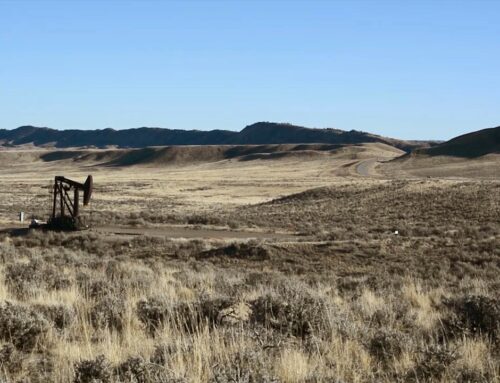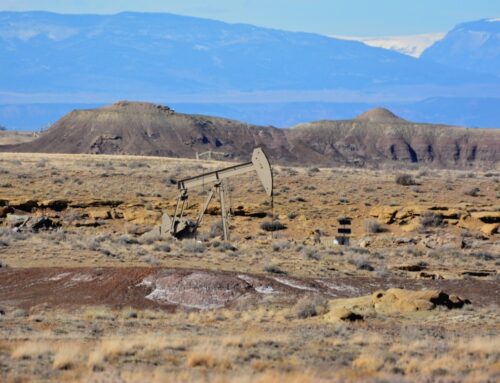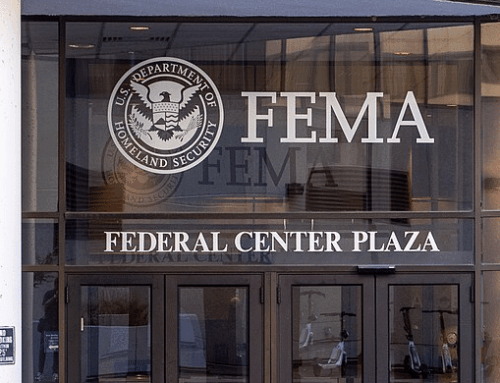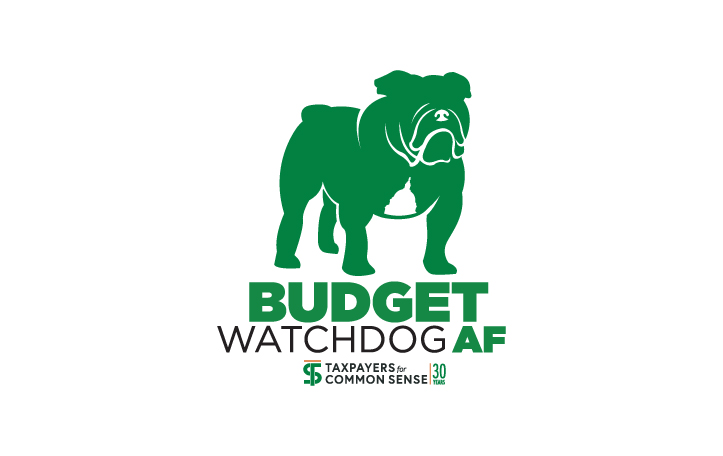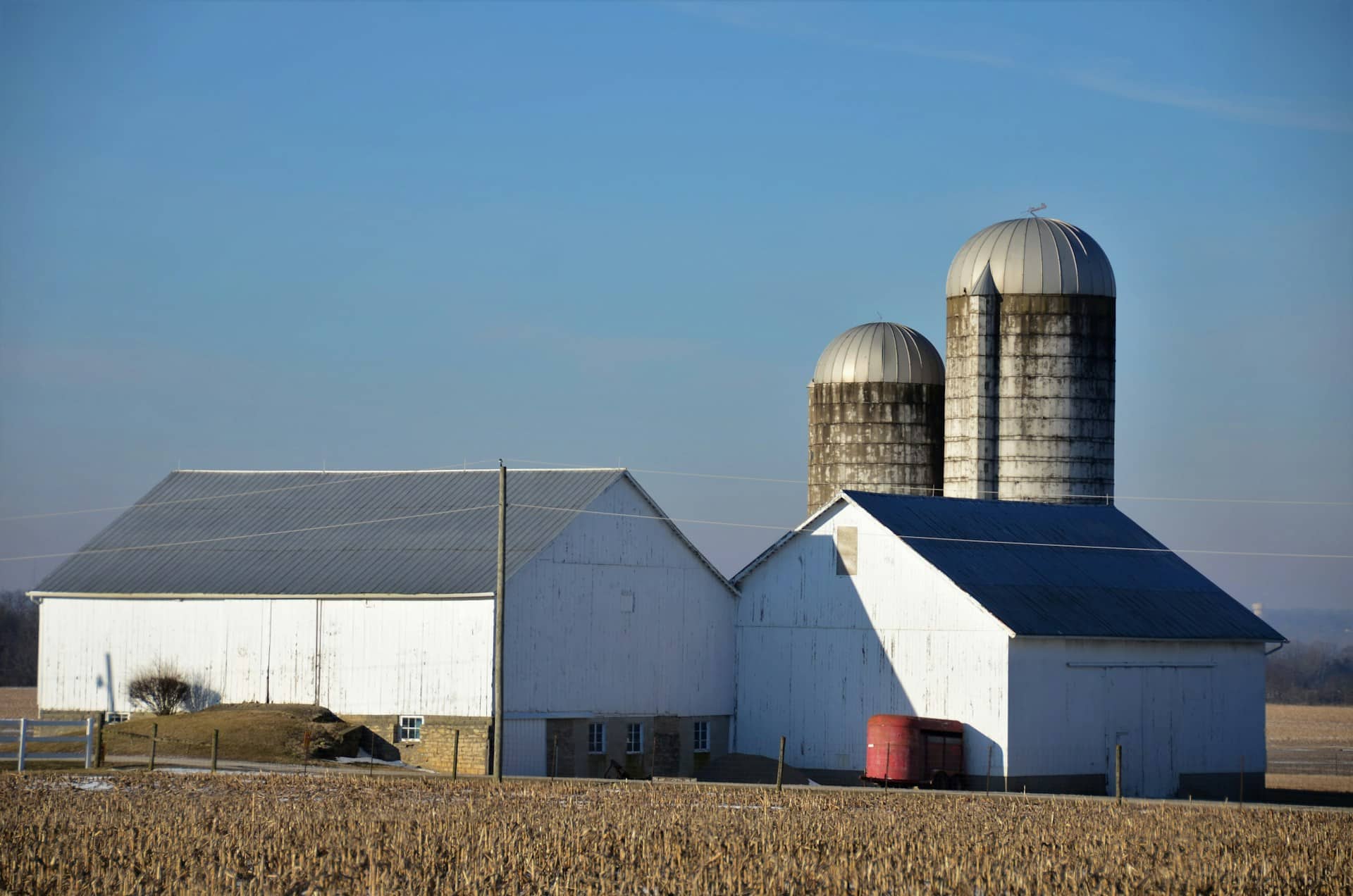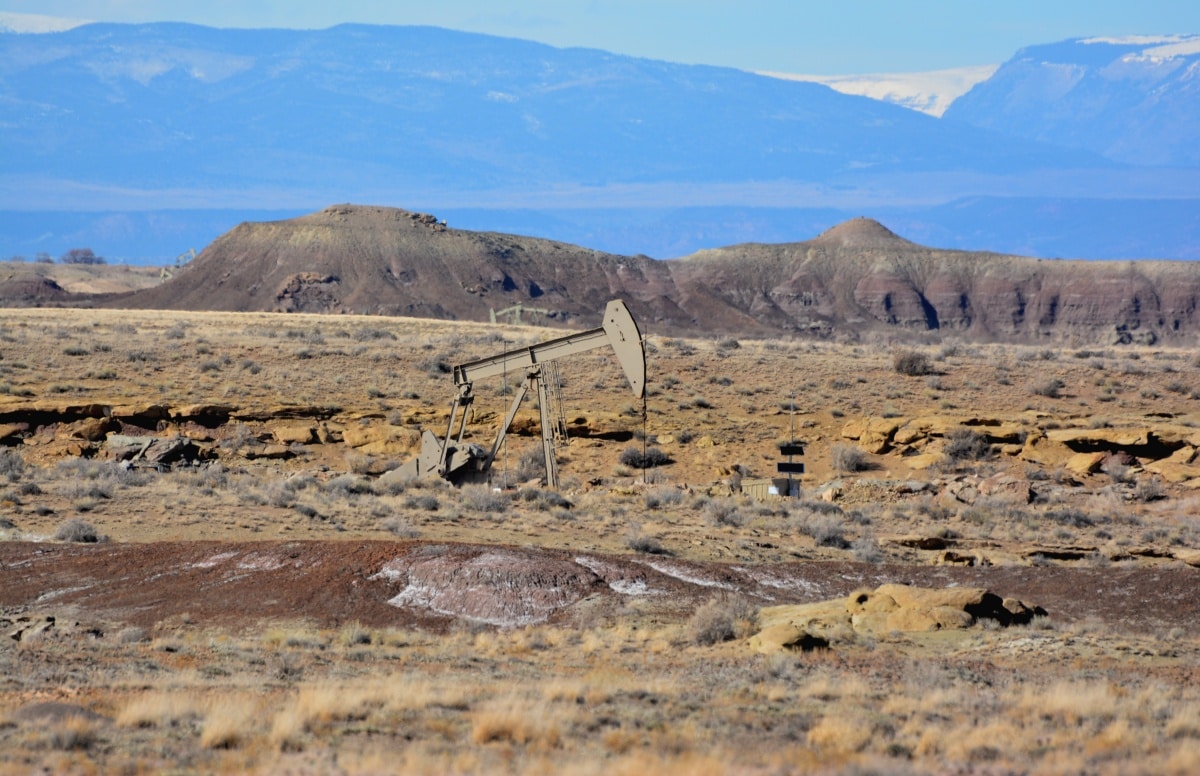The President’s fiscal year (FY) 2026 budget request would create a new agency within the Department of the Interior (DOI) to consolidate all federal wildfire responsibilities.
Building on the “Skinny” Budget released May 2, the White House has quietly released additional pieces of its fiscal year (FY) 2026 budget request—including the Fiscal Year 2026 Interior Budget in Brief U.S. Wildland Fire Service. The Budget in Brief outlines how the Administration proposes to “reform the Federal approach to Wildland Fire Management (WFM) by creating an integrated, cost-efficient, and operationally more effective organization,” and provides a detailed budget request for the new agency.
Would a Single Agency Improve Efficiency?
The creation of a new Federal Wildland Fire Service raises fundamental questions about the federal role in wildfire response and spending. In theory, a single agency could streamline federal wildfire response and coordination—both between agencies and with external partners. This concern was echoed in the President’s Skinny Budget, which stated that the “dispersed nature of the Federal mission creates significant coordination and cost inefficiencies that result in sub-optimal performance.” TCS has supported efforts to break down bureaucratic silos, improve interagency coordination, and make it easier for communities and individuals to access federal resources.
A single agency could also improve transparency of wildfire spending. TCS has repeatedly documented how the current fragmented system makes it difficult to track federal wildfire spending. We have called for a comprehensive budget crosscut to help policymakers identify where spending is going and where it’s needed most.
But transferring wildfire management responsibilities from the U.S. Forest Service (USFS) to DOI poses serious challenges. USFS currently manages roughly 75% of the federal government’s wildfire resources. With proposed budget cuts on the table, it is unclear what would happen to the staff, assets, and expertise currently embedded in the Forest Service—or how the administration plans to manage a smooth transition amid a year-round fire season.
How Much Does the Budget Spend on Wildfire?
Most direct federal wildfire spending currently runs through USFS, primarily via the Wildland Fire Management (WFM) account. This includes Salaries & Expenses, Preparedness, and Suppression. Related accounts like Hazardous Fuels Management and the Joint Fire Science Program fall under other USFS accounts.
The DOI also manages a WFM account, which includes all the department’s wildfire spending line items—Preparedness, Suppression, Fuels Management, Joint Fire Science, Fire Facilities, and Burned Area Recovery. The DOI WFM account is significantly smaller—$1.1 billion in FY2025 compared to $2.4 billion for the USFS WFM account. Both departments also draw from the Wildfire Suppression Operations Reserve Fund, though the bulk of those funds go to USFS.
The President’s FY2026 budget request would consolidate federal wildfire funding into eight line items under DOI.
Wildfire Budget Requests and Appropriations (thousands of dollars)
|
Department |
Program |
FY2024 Funding |
FY2025 Request |
FY2025 Funding* |
FY2026 Request |
|
Total |
Salaries & |
|
|
1,223,111 |
0 |
|
USFS |
|
|
1,223,111 |
|
|
|
DOI |
N/A |
N/A |
N/A |
|
|
|
Total |
Preparedness |
|
|
704,364 |
1,496,100 |
|
USFS |
|
|
192,000 |
|
|
|
DOI |
|
|
|
|
|
|
Total |
Suppression |
|
|
1,394,657 |
1,394,657 |
|
USFS |
|
|
|
|
|
|
DOI |
|
|
383,657 |
|
|
|
Total |
Fuels |
|
|
403,600 |
770,050 |
|
USFS |
|
|
175,450 |
|
|
|
DOI |
|
|
|
|
|
|
Total |
Joint Fire |
|
|
6,000 |
0 |
|
USFS |
|
|
3,000 |
|
|
|
DOI |
|
|
|
|
|
|
Total |
Fire
|
|
|
|
5,000 |
|
USFS |
N/A |
N/A |
N/A |
|
|
|
DOI |
|
|
|
|
|
|
Total |
Burned Area |
|
|
|
5,000 |
|
USFS |
N/A |
N/A |
N/A |
|
|
|
DOI |
|
|
|
|
|
|
Total |
Intelligence |
N/A |
N/A |
N/A |
28,500 |
|
USFS |
|
|
|
|
|
|
DOI |
|
|
|
|
|
|
Total |
Grants and |
N/A |
N/A |
N/A |
2,800 |
|
USFS |
|
|
|
|
|
|
DOI |
|
|
|
|
|
|
Total |
Wildfire |
|
|
|
2,850,000 |
|
USFS |
|
|
|
|
|
|
DOI |
|
|
|
|
*2025 Resource Levels included are estimates. The President has the authority to revise spending within the amounts provided by Congress in the FY2025 Continuing Resolution
- Preparedness – $1.5 billion: Primarily funds firefighter salaries and equipment acquisition and maintenance. The budget request is a 22% decrease from FY2025 levels, assuming all activities currently funded under the USFS Salaries & Expenses line item—including both firefighter and non-firefighter personnel—are shifted into this new account.
- Suppression – $1.4 billion: Funds incident management personnel, aviation and operational assets, logistical services, supplies and equipment, and temporary emergency firefighters. This level of funding is required to trigger access to the Wildfire Suppression Operations Reserve Fund, based on the 10-year average wildfire suppression cost requested in the President’s 2015 Budget.
- Fuels Management – $770 million: Supports fuels reduction projects on DOI- and USFS-managed lands, as well as some non-federal lands. This represents a 90% increase over FY2025 levels. The Budget in Brief offered scant details on risk mitigation outside of Fuels Management, which will be used to “manage vegetation to reduce the intensity, severity, and negative effects of wildfire”.
- Burned Area Rehabilitation – $5 million: Supports restoration of fire-damaged landscapes unlikely to recover without human intervention. This is a 50% cut from FY2024 and FY2025 funding levels.
- Facilities Construction and Maintenance – $5 million: Covers infrastructure such as firefighter housing, storage for operations equipment, and aerial firefighting bases. This is also a 50% reduction from FY2024 and FY2025 levels.
- Intelligence and Technology – $28.5 million: Funds wildfire-related IT, research, and science efforts, including continuation of the Joint Fire Science Program. There is currently no comparable line item.
- Grants and Partnerships – $2.8 million: Supports targeted rural fire assistance programs. There is currently no comparable line item.
- Wildfire Suppression Operations Reserve Fund – $2.85 billion: Provides emergency funds for wildfire suppression. The Reserve Fund was originally capped at $2.25 billion when it was first established in FY2020. Its maximum funding level increases by $100 million every fiscal year until FY2027.


